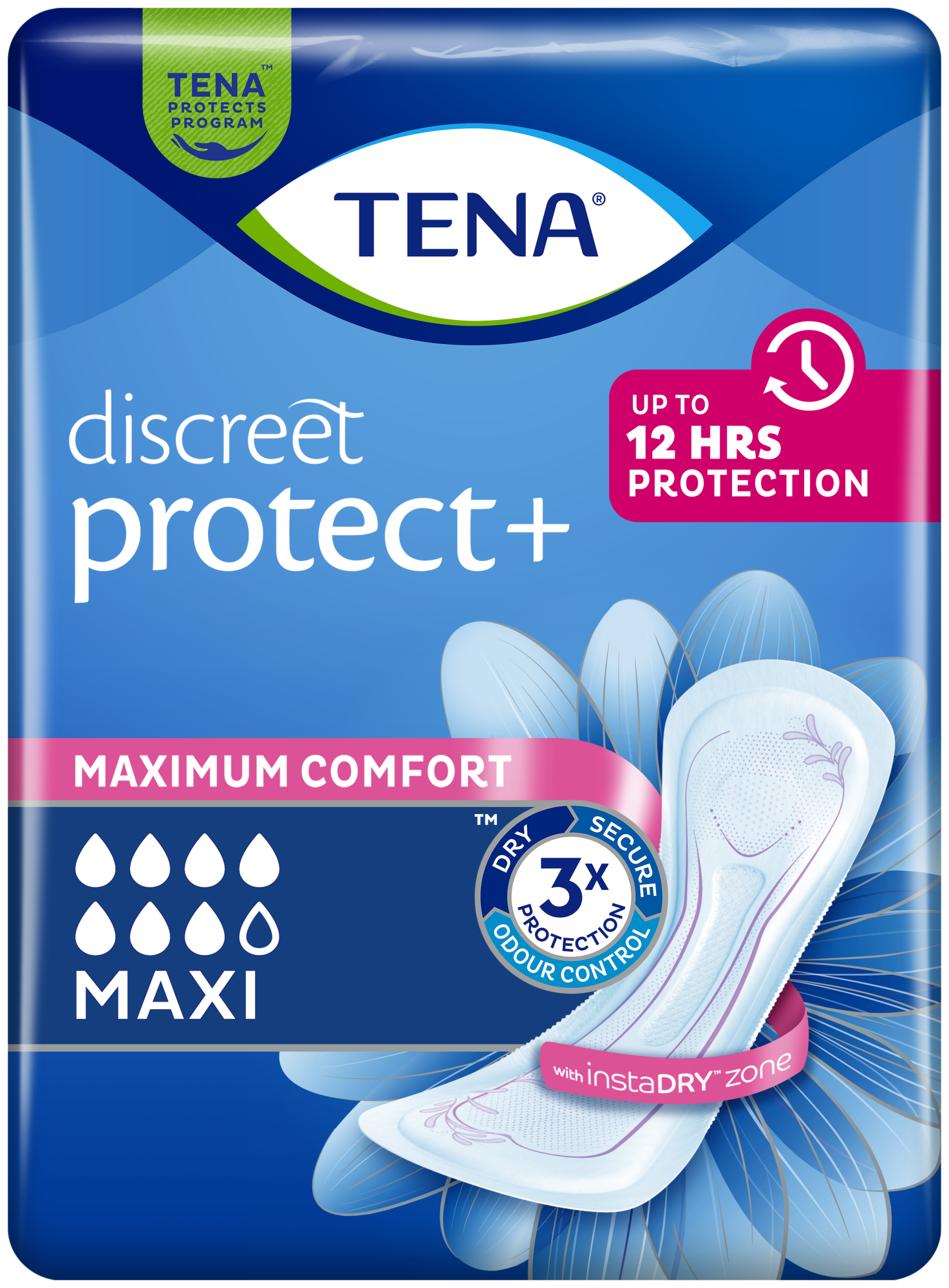During the first one or two weeks after birth, you’ll find that you pee much more frequently as your body gets rid of the excess fluid you retained during your pregnancy. While you can be super diligent with pelvic floor exercises while pregnant, you might find it trickier after birth.
That’s because labour puts a lot of pressure on your pelvic floor. It has been stretched and there’s a lot of bruising and swelling, so it can take a while for you to identify the muscles again and build up strength.
Performing the exercises correctly
If you’ve recently given birth, it’s best to do the exercises lying down to avoid putting any extra pressure on the pelvic area. You can also do them while you’re sitting down and feeding your baby.
Start with gentle pelvic floor contractions. It’s normal to feel a bit sore down below following the birth of your baby, so stop if you experience any discomfort. It’s best to start small and build things up slowly over time.
It takes time to build up strength again
It can take a few weeks to see some improvement, or it may take a few months – everyone is different. If you feel like the exercises aren’t working after a few months, or if you have any questions, have a chat with your doctor and/or a physiotherapist.
The weight of carrying around a baby for nine months and labour can cause bladder weakness for a while after childbirth, which is very common. Urine leaks can last a few weeks, or over time, you might find that you experience the odd accident now and again.


